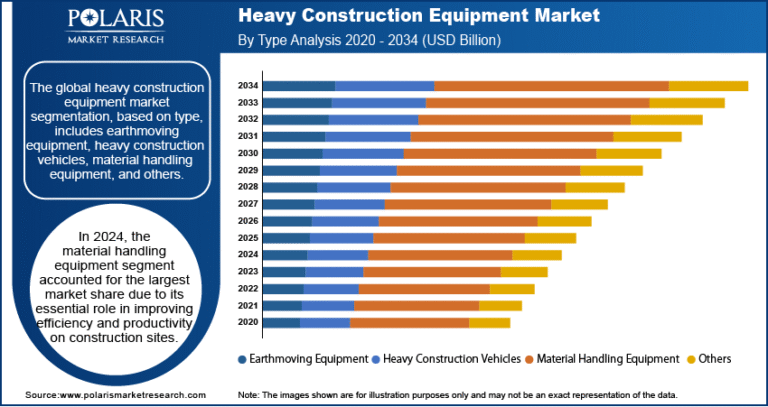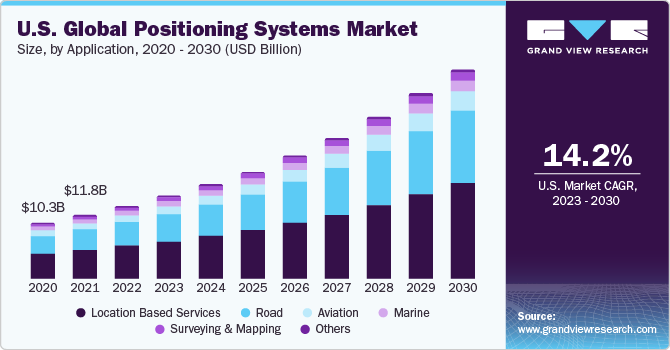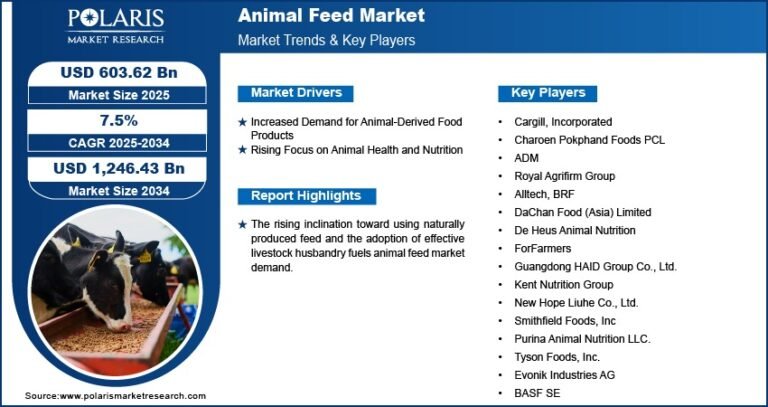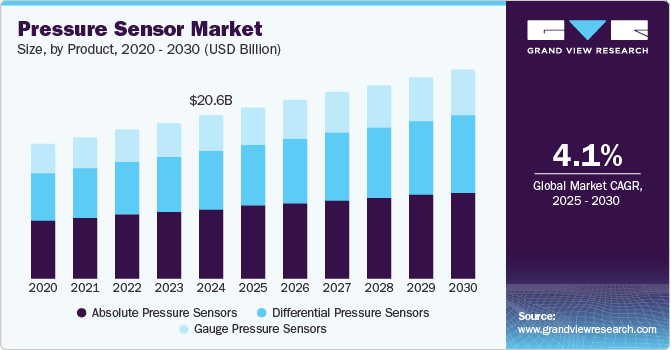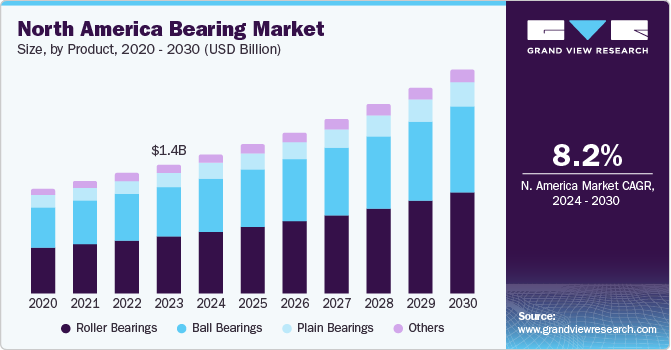Fertilizer Catalyst Market Size, Share & Trends Analysis grow at a CAGR of 3.2% from 2025 to 2030

The global fertilizer catalyst market size was estimated at USD 3.05 billion in 2024 and is projected to grow at a CAGR of 3.2% from 2025 to 2030. This growth is attributed to the product innovation aimed at reducing greenhouse gas emissions and enhancing process efficiency, which is crucial, alongside implementing stricter environmental regulations. In addition, the increasing demand for fertilizers due to rising populations and food security concerns further propels market growth. Furthermore, advancements in catalyst technologies that improve nutrient uptake efficiency contribute significantly to the sector’s expansion, as do government subsidies promoting sustainable agricultural practices.
Request a free sample copy or view report summary: https://www.grandviewresearch.com/industry-analysis/fertilizer-catalyst-market/request/rs1
Fertilizer catalysts are specialized substances that enhance the efficiency of nutrient absorption in plants by accelerating chemical reactions between soil and fertilizers. The market is witnessing robust growth, largely driven by the escalating demand for food production due to a rapidly increasing global population.
In addition, as agricultural producers strive to meet these challenges, they increasingly rely on fertilizer catalysts to optimize production processes. These catalysts improve the conversion of raw materials into fertilizers, leading to higher yields and reduced waste. This operational efficiency is essential for making the best use of available resources while satisfying consumer demands. Furthermore, the emphasis on sustainability aligns with adopting these catalysts, as they support environmentally friendly agricultural practices. Advanced catalyst technologies facilitate the creation of slow-release and controlled-release fertilizers, ensuring sustainable crop production over time.
Technological advancements further influence the market by enhancing fertilizer production and performance. Innovations in catalyst development yield more efficient and durable options, enabling manufacturers to achieve better yields and lower costs amid fluctuating raw material prices. Moreover, increasing regulatory support for sustainable farming practices encourages the adoption of fertilizer catalysts that enhance nutrient use efficiency while minimizing environmental impacts, such as greenhouse gas emissions and water pollution. Therefore, the demand for effective and sustainable fertilizer solutions continues to drive market growth, solidifying the importance of fertilizer catalysts in contemporary agriculture.
Process Insights
The Haber-Bosch process dominated the market and accounted for the largest revenue share of 56.9% in 2024 attributed to the increasing demand for ammonia, a key ingredient in nitrogen-based fertilizers. As the global population rises, the need for enhanced food production intensifies, pushing agricultural practices to adopt efficient nitrogen sources. In addition, this process allows for the large-scale synthesis of ammonia from atmospheric nitrogen and hydrogen, utilizing catalysts to optimize reaction rates and yields. Furthermore, innovations aimed at reducing greenhouse gas emissions during ammonia production further support the expansion of this process, making it essential for sustainable agricultural practices.
The urea production process is expected to grow at a CAGR of 3.6% over the forecast period, owing to its critical role in producing urea, one of the most widely used nitrogen fertilizers. In addition, the rising global food demand necessitates efficient and effective fertilizer solutions, and urea production meets this need by providing a high-nitrogen content option that enhances crop yields. Furthermore, technological advancements in catalyst formulations have improved the efficiency and sustainability of urea production processes, allowing manufacturers to reduce costs and environmental impacts. Moreover, regulatory support for sustainable farmin

